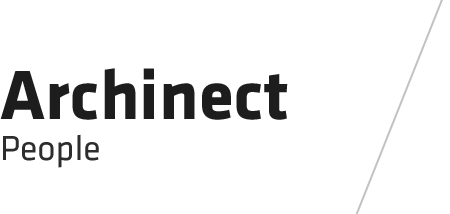
In the world, there are an increasing number of people with autism, but most of them don't gain much attention from society and don't have a desirable living environment that makes them live a hard life and puts too much pressure on their families. Therefore, I'd like to design an autism-friendly community for low-income families, thus providing a possibility to solve their dilemma.
Autistic people will amplify the sensory stimuli in their daily lives and cause excessive behaviors, thus making it essential for autism-friendly buildings to grade the stimuli. In this case, I decided to control the light intensity, color, material, and other elements combined with architectural functions to compartmentalize space according to different degrees of stimulation. With blue and green as the main colors to create an overall low simulation environment, in each house, rooms are distributed on different heights to control light to divide different simulation zones, such as living rooms are the high simulation zone and put on the top floor to gain more light. The same is true in public spaces, where more open places are with bright colors and materials, and less open places are more dim. Thus, together help autistic people better integrate into society.
Status: School Project
Location: Guangzhou, China
My Role: Individual Work